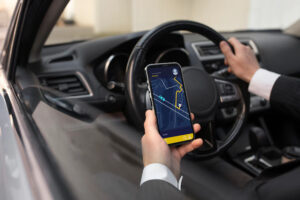
Introduction:
Remote control cars, also known as RC cars,
are a popular hobby among people of all ages. These miniature vehicles are
operated through a remote control and come in a variety of types and models. In
this blog, we will discuss the different types of remote control cars, their
features, and how they work.
Types of Remote Control Cars:
1. Electric RC Cars – These cars are powered by electric
motors and are suitable for indoor use. They are easy to operate, affordable,
and come in a range of sizes.
2. Nitro RC Cars – These cars are powered by a nitro-fueled
engine and are faster than electric cars. They are more complex to operate and
require more maintenance, making them suitable for experienced hobbyists.
3. Gas RC Cars – These cars are powered by gasoline and are
similar to nitro cars in terms of speed and complexity. They are more expensive
than electric and nitro cars but are more durable and have longer run times.
Features of Remote Control Cars:
1. Speed – The speed of an RC car is an important factor to
consider. Electric cars are generally slower than nitro and gas cars, but they
are more precise in their movements. Nitro and gas cars are faster, but they
require more skill to control.
2. Durability – RC cars are subject to wear and tear, so
it’s essential to choose a car that is durable and can withstand crashes and
bumps.
3. Battery Life – Electric RC cars rely on batteries for
power, so it’s important to choose a car with a good battery life. Some models
come with rechargeable batteries, which can save money in the long run.
4. Control Range – The control range of an RC car is the
distance at which the remote control can operate the car. It’s important to
choose a car with a range that suits your needs, depending on whether you plan
to use it indoors or outdoors.
How Remote Control Cars Work: RC cars operate on the same
basic principles as full-size cars. The remote control sends signals to a
receiver in the car, which then controls the car’s motor and steering. The
motor is powered by either a battery or fuel source, depending on the type of
car. The steering mechanism is controlled by a servo, which responds to the
signals from the remote control to turn the wheels.

Tips for Beginners:
1. Start with an electric car – Electric cars are easier to
operate and require less maintenance than nitro and gas cars. They are also
more affordable and come in a range of sizes, making them suitable for indoor
and outdoor use.
2. Choose a car with a good battery life – Battery life is
an important factor to consider when choosing an RC car. Look for models with
rechargeable batteries or invest in spare batteries to extend your playtime.
3. Practice in an open space – RC cars can be fast and
difficult to control, especially for beginners. Start by practicing in an open
space, away from people and obstacles, until you feel confident in your skills.
4. Take care of your car – RC cars require maintenance and
care to perform at their best. Clean your car after each use, and store it in a
cool, dry place away from direct sunlight.
Conclusion:
Remote control cars are a fun and exciting hobby
that can be enjoyed by people of all ages. With a range of models to choose
from and features to consider, there’s an RC car to suit everyone’s interests
and skill level. By following these tips and taking care of your car, you can
enjoy hours of fun with your remote control car.




